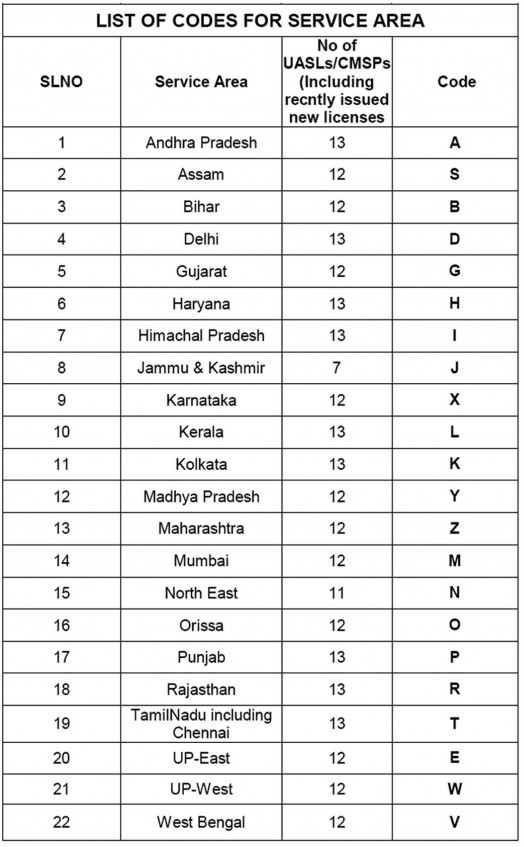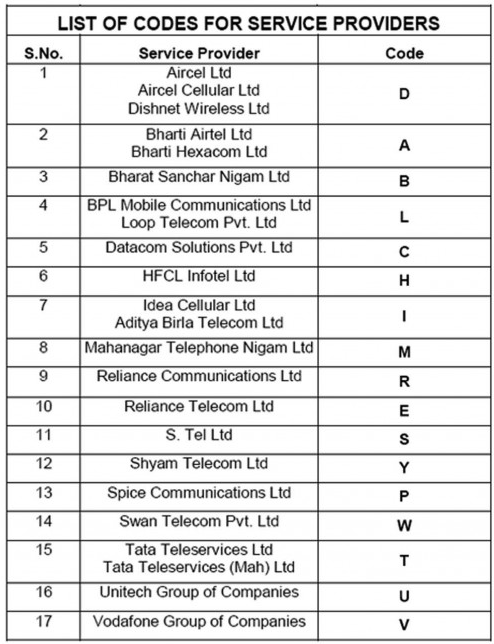We all receive SMS messages from various services we use, like banks, mobile phone vendors etc. You must have noticed that SMS from these institutions always have a specific format in place of the sender name. Its something like this,
XY-ServiceProvider
For instance, I just received an SMS from HDFC bank, with the sender name as,
AD-HDFCBANK
Ever wondered why is it so? This is to prevent you from the mobile phone spam from bulk SMS senders.
TRAI (Telecom Regulatory Authority of India) recently made it mandatory for bulk unsolicited SMS senders to use these codes as sender name so that if any one of those institutions are doing something illegal, like sending SMS even when you have opted out, their location be traced easily.
How to Find the Location of Bulk SMS Sender?
All the information about the location of bulk SMS sender is hidden inside the first two characters of the code that appears as the sender’s name.
So, in XY-ServiceProvider,
X represents the code of the service provider.
Y stands for the location of the place from where the sms was sent.
Just look in the following tables to find out the location and the name of the service provider that sent you the SMS,


For example, we can easily determine that the SMS I received from AD-HDFCBANK was sent from Delhi using services from either Bharti Airtel Ltd. or Bharti Hexacon Ltd.
Update – You can use bulk sms sender tracer to automatically find the location of bulk sms sender.
This is really a good post dude. I was thinking about the 2 letter prefix. You helped me.
You are welcome buddy :)
Yeah.. Checked this out few days ago..
A good step taken by TRAI, but this coding system is initially confusing for people who are not aware about this coding system :)
@Deepak
Yes, that’s why I published the tutorial on it :)
good work brother.
Good job done to aware people,
Will u e-mail me the table above, bcoz i am am unable to see the table,
It is not showen now……………..!!
@Abhilav
The issue has been fixed, you can check the images now.
But is there any way to find the culprit if the sms received is about a spam… like you winning a lottery in UK?
@Tumani
Only those bulk sms senders could be traced that follow the ‘rules’. Unfortunately spammers don’t :)